Stand out, get noticed and engage your audience with the inverted triangle principle
To attract an audience’s attention, start with the end in mind.
Brands embracing a content marketing strategy should study one of journalism’s key models: the inverted pyramid. This storytelling approach states that the most important elements of a story must come first, before tapering off into more detailed information later.

The inverted triangle also helps content creators structure stories so that the most important information reaches the widest audience, whilst the least important information goes at the bottom.
We see this all the time in newspaper articles. Consider this example:
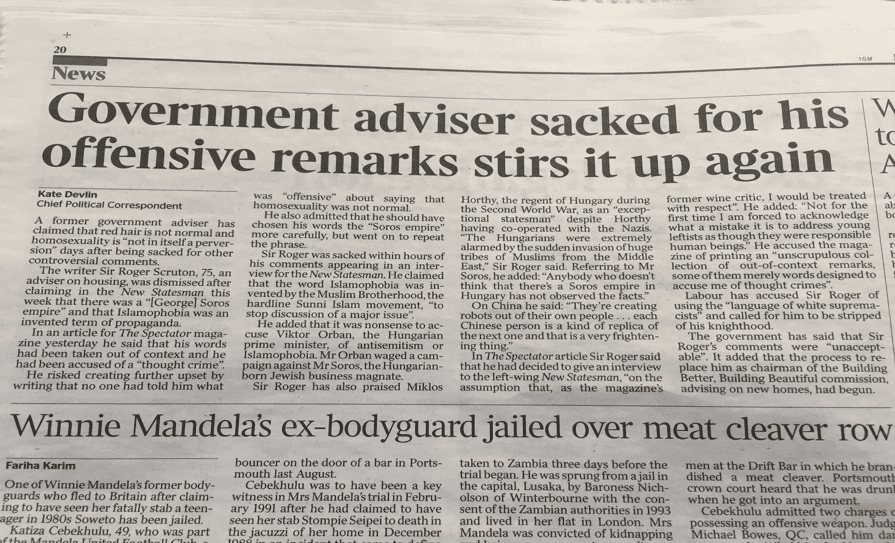
The headline is clear, succinct and immediately captures our attention. The opening paragraph summarizes the essence of the story. Anyone who abandons the article after three or four paragraphs can still come away with a pretty good idea of what it’s about.
Brands vs. publications
Brands are notoriously bad at creating content. I can probably count on one hand the content I find reliably interesting/informative/useful from brands. The reason for this lack of success is primarily due to the mindset many brands adopt when creating content that is not directly related to a specific product or service.
An effective content marketing strategy means brands must think like publications. Success for any publication is dependent on its readership. In order to create a strong readership, publications must create content that clearly aligns with what their audience cares about.
The goal of a magazine or periodical, for example, is to capture as much of its audience’s attention as possible by selecting stories that are relevant, timely, and interesting.

Unlike publications, brands tend to be obsessed with themselves rather than their audience's interests. A brand starts with an idea about itself (mission, values, products, services) and aims to sell this to an audience (the market). Brands are therefore very good at selling products via advertising, billboards, press releases, or paid search, but not so good at content marketing.
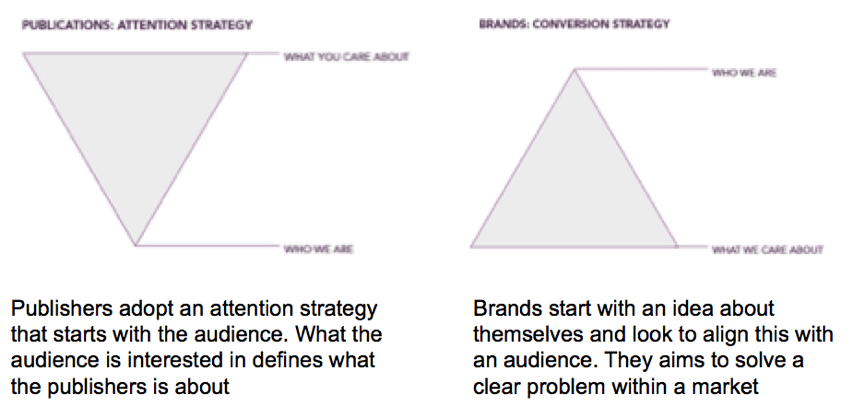
Content marketing is a very different beast to advertising. It is not a short-term, direct response medium and appeals to a much larger addressable audience that’s not immediately in the market for a particular product.
Brands must, therefore, shift their thinking and pivot toward an attention strategy. This is not straightforward, hence the limited success brands have had in the content marketing space. But if brands want to make an impact, they must think more like a publication and put their customer’s needs first.
Win more customers with an integrated marketing strategy
Our RACE Framework is a popular integrated marketing structure for marketing leaders looking to get more out of their digital marketing. Planning and managing marketing is made simple with the RACE Framework since you can scale it up or down according to your short-term and long-term objectives. Use the RACE Framework to ensure you drive the results you need for your business.
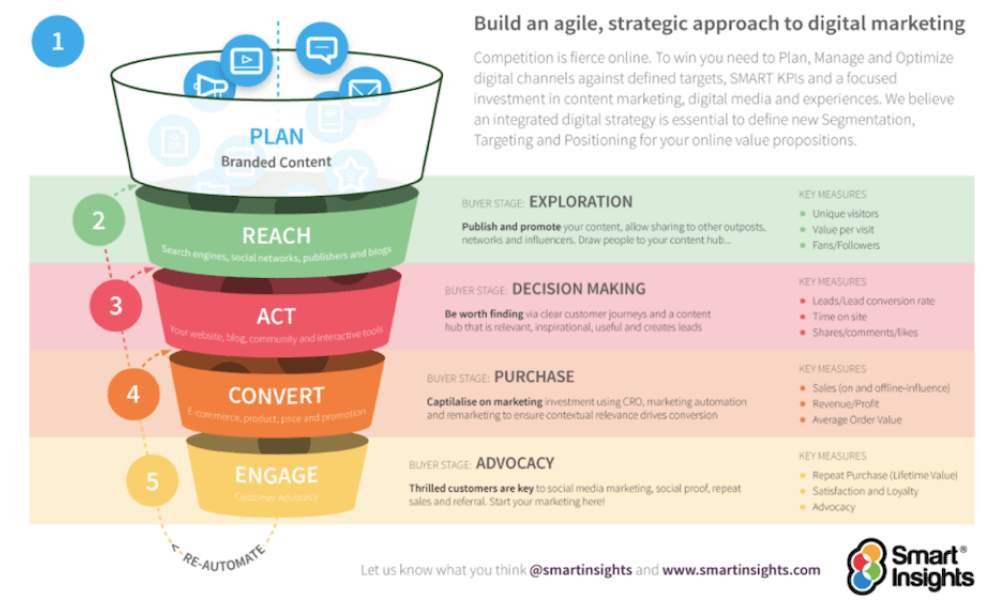
Simply put, RACE guides marketers and managers through a 5-step process of plan, reach, act, convert, and engage, to acquire and retain more customers. Book your free 1-2-1 consultation call today to discuss the challenges and opportunities in your marketing strategy using the RACE Framework. Need a winning marketing strategy?
Book your free 1-2-1 consultation to develop your new strategy with the RACE Framework
Book consultation
Sell an aspiration, not a product
The biggest opportunity for brands is to identify and own an audience. Just as Wired (emerging technology’s impact on culture, the economy, and politics), Harvard Business Review (new ideas and classic advice on strategy, innovation and leadership for global leaders) and National Geographic (world leader in adventure, science, photography, environment, history and space exploration) own their respective audiences, brands must think more broadly about the space they can occupy.
Nationwide Building Society, for example, sells a variety of financial products, from current accounts and credit cards to savings and home insurance. Mortgages are the lifeblood of the organization and one of the biggest financial commitments most people will ever take on.
Mortgages are very complex financial products and are, therefore, difficult to generate sales for via traditional advertising. This is especially tricky online - even if a prospective customer is in the market for a mortgage, getting a positive direct response to a paid search or banner ad is a tough ask.
People don’t generally aspire to products. Instead, they relate to the thoughts and feelings that products produce. I don’t know about you, but the idea of a mortgage in and of itself never excited me. But the idea of owning my own house and creating a home one day was something I could aspire to. The data seems to indicate that this is a feeling shared by others.
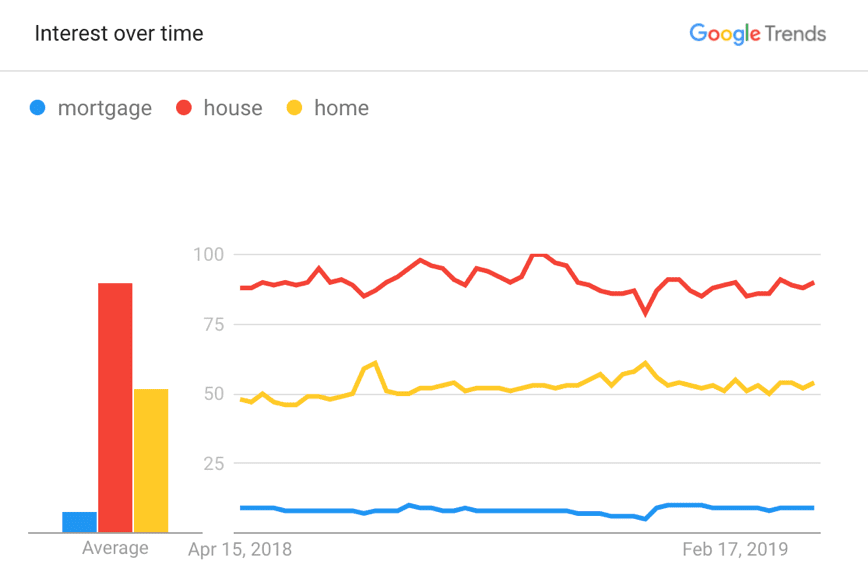
For Nationwide, home ownership feels like a natural space to own from a content marketing perspective. There is a huge amount of potential interest, it aligns to the Society’s business model and there’s limited competition from elsewhere. Instead of selling a thing (a mortgage), Nationwide could sell an idea (home ownership) that's adjacent to a thing (a mortgage).
Steve Bryant from Article Group sums this up perfectly:
“By capturing attention with ideas you own that idea. By owning the idea, you own the audience.
By owning the audience you can tell the audience what to pay attention to, and thereby define the marketplace”.
Plan, manage, and optimize a customer-centric marketing strategy
If you're looking to optimize your marketing strategy, integrate your digital activities, or just need some help applying customer data to inform your user journeys, the RACE Framework can offer you a new approach.
Integrated across the lifecycle of reach, act, convert, and engage, our RACE Framework helps you identify and prioritize your key customer touchpoints and omnichannel experiences of your brand.
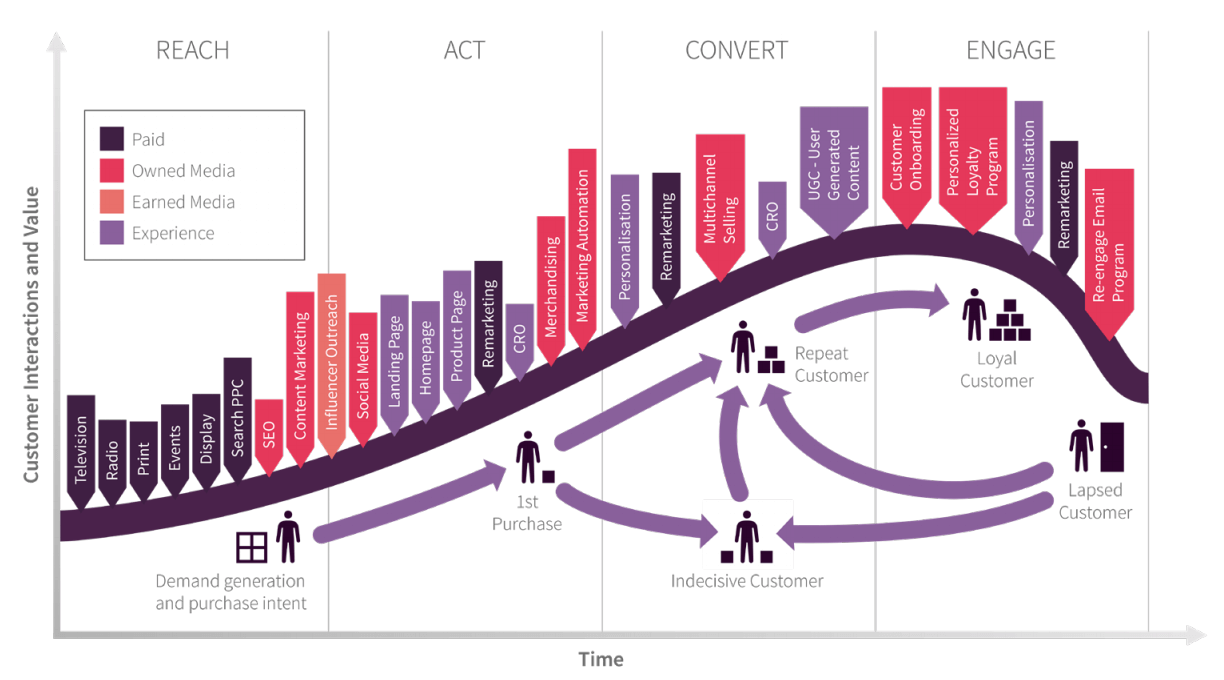
Our free 1-2-1 consultation calls are designed to put you in the driver's seat and talk through your opportunities using the RACE Framework, so you can make an informed decision about the best strategy for your business. Book your call to find out more Need a winning marketing strategy?
Book your free 1-2-1 consultation to develop your new strategy with the RACE Framework
Book consultation
Conclusion
The inverted triangle may be a tried and tested principle that publications have perfected over time, but brands operating in the content space still have a long way to go.
Content marketing is not a quick fix. It takes time, consideration and effort. Most importantly, it takes a certain discipline to identify and appeal to a specific audience. By owning an audience and creating content that aligns with their values and interests, brands have a unique opportunity to create content that genuinely resonates. This will, in turn, allow them to earn the right to 'sell' relevant products and services to a primed audience of a trusted brand.























